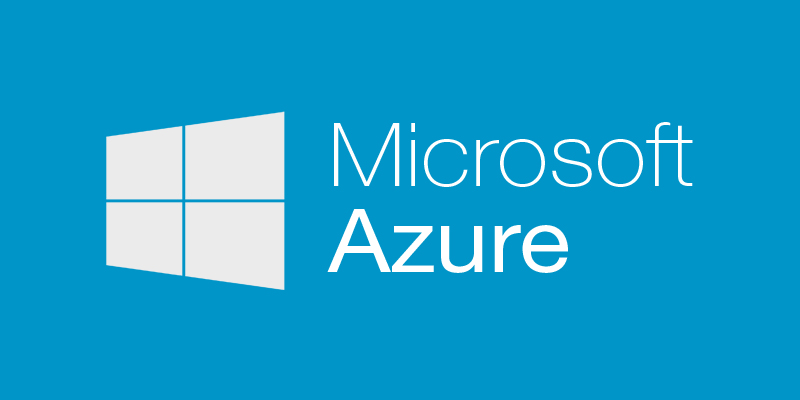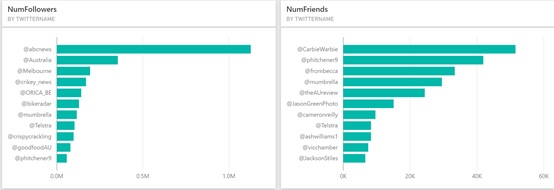Connecting to and Using the Azure MFA Web Service SDK Server SOAP API with Powershell
Background
A colleague and I are validating a number of scenarios for a customer who is looking to deploy Azure MFA Server. One of the requirements from an Identity Management perspective is the ability to interact with the MFA Server for user information. That led us on the exploration of what was possible and how best to approach it.
The title of this post has pretty much given it away as to how. But why ?… [Keep reading] “Connecting to and Using the Azure MFA Web Service SDK Server SOAP API with Powershell”




